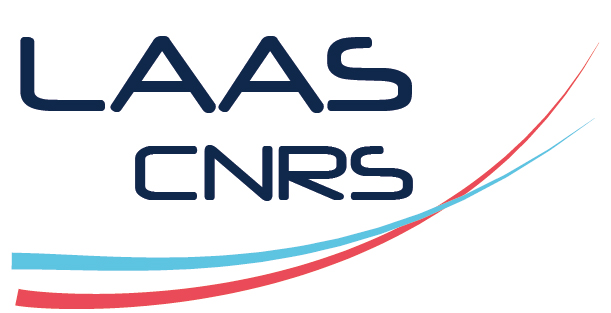An ensemble learning framework for snail trail fault detection and diagnosis in photovoltaic modules
Résumé
This research proposes a method for detecting subtle faults named snail trails for their visual similarity with the trail of a snail in photovoltaic modules. Snail trails do not significantly reduce panel performance but they are the main cause of serious panel deterioration such as microcracks and delamination and can go so far as to set the panel on fire. To detect these faults, this research uses an ensemble learning framework, named ensemble learning for diagnosis, which combines several complementary learning algorithms, namely Support Vector Machines, K-Nearest Neighbors, and Decision Trees. A set of features is obtained by extracting the time-frequency characteristics and statistics from the photovoltaic current signal of the photovoltaic panel. This is followed by a feature selection and dimensionality reduction step that delivers the input to the learning algorithms. The approach presented in this study is experimentally validated, independently for the 4 seasons of the year, with data from a real photovoltaic string of 16 panels. The results demonstrate that the proposed approach can efficiently classify healthy panels and panels with snail trails efficiently. Interestingly, the method only requires the electrical current signal, measured on panels with data acquisition systems that are standard in the photovoltaic industry. The genericity of the approach makes it a good candidate for detecting other photovoltaic faults and for solving diagnosis problems in other domains.
| Origine | Publication financée par une institution |
|---|




